| Columns Retired Columns & Blogs |
Didn't Brian Jones and Keith Richards used to make a silly face they called a 'Nanker'...?
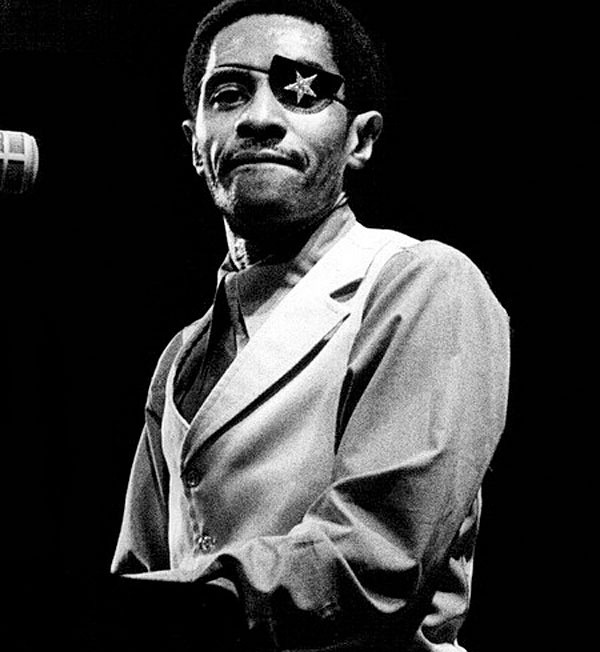
Rather than continue the New Orleans piano tradition, Booker leapt forward and sideways, combining classical, jazz, blues, and R&B forms into a completely original music that earned him the nickname "The Bronze Liberace." His audacious virtuosity was difficult to capture in the studio, but 1982's Classified: Remixed and Expanded (CD, reissued as Rounder 11661-9175-2) comes closest to doing it. Producer Scott Billington's liner notes describe how difficult it was to capture Booker at a coherent moment, but on the last day of recording, Booker showed up early and reeled off an astonishing series of performances, some solo and some with a great rhythm section—bassist James Singleton and drummer Johnny Vidacovich—and tenor Alvin "Red" Tyler. Flashing his audacious two-handed style, Booker blazed through his own "Classified," a Professor Longhair medley; "Lonely Avenue" by Doc Pomus; "Warsaw Concerto," "Theme From the Godfather," "Baby Face," "Yes, Sir, That's My Baby," "King of the Road," and "Hound Dog."
Allen Toussaint's presence in New Orleans music runs almost as deep as the African rhythms that are the city's lifeblood. His archeological influence on New Orleans music is all the more impressive against the backdrop of the modest, good-natured figure he cut. Anyone who has lived in New Orleans and spent time around the music clubs has run into Toussaint as he cruised the streets in his Rolls-Royce with a kind word for just about everyone. I used to see him often at Ernie K-Doe's Mother-in-Law Lounge.
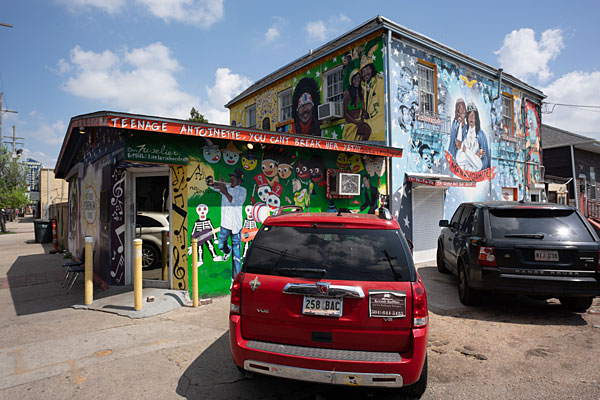
By instinct, Toussaint was a behind-the-scenes personality, not a charismatic front man, and if he were not behind the scenes, some of the greatest legends of New Orleans R&B would never have become well-known. As talented as Ernie K-Doe ("Mother-in-Law") and Lee Dorsey ("Working in the Coal Mine") were, they probably would not be known outside New Orleans if Toussaint hadn't produced their chart-topping hits. (Toussaint also had a genius for composing novelty instrumental hits, as he did for Al Hirt—"Java"—and Herb Alpert: "Whipped Cream.")
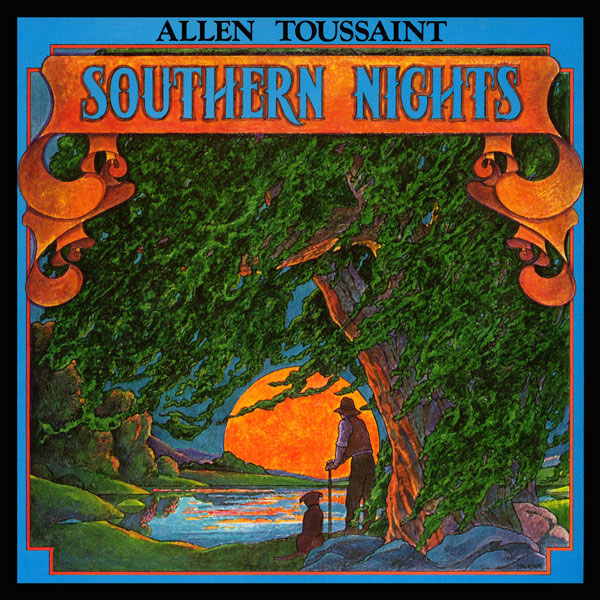
Despite his retiring nature, Toussaint did himself sometimes stroll onto the stage. Southern Nights (LP, Reprise 2186) is his masterpiece, a record of subtlety and transcendence with an ethereal, melancholy beauty. Southern Nights was written, produced, and arranged by Toussaint and recorded at his legendary Sea-Saint studio in New Orleans; the Meters were his rhythm section. The title track is repeated throughout the album as a leitmotif, connecting timeless songs such as "What Do You Want the Girl to Do?," "Country John," "Basic Lady," and "Cruel Way to Go Down."
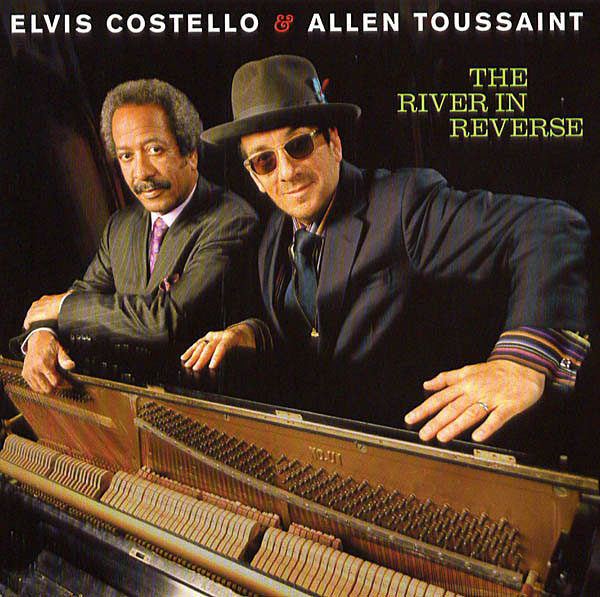
After the Katrina flood wiped out Toussaint's studio, and his house with all of his possessions, the homeless Toussaint fell back on the music that had always sustained him. He went to New York and played a residence at Joe's Pub. His performance included solo performances of many of his best songs; these are documented on Songbook (LP/DVD, Rounder 11661-9154-2). Elvis Costello saw Toussaint at Joe's Pub and suggested they make a record together. The two returned to New Orleans to make the first major post-Katrina record recorded there, at Piety Street studio: The River in Reverse (CD, Verve Forecast B0006660-02), produced by Joe Henry.
For Art Neville, the Meters were a compromise. He had already been in a great band: the Hawketts, whose 1954 hit "Mardi Gras Mambo" had become one of the theme songs of New Orleans Carnival season. Art's goal now was a family band, so he formed the Neville Sounds in the 1960s with brothers Aaron and Cyril and guitarist Leo Nocentelli, bassist George Porter, Jr., and drummer Ziggy Modeliste.
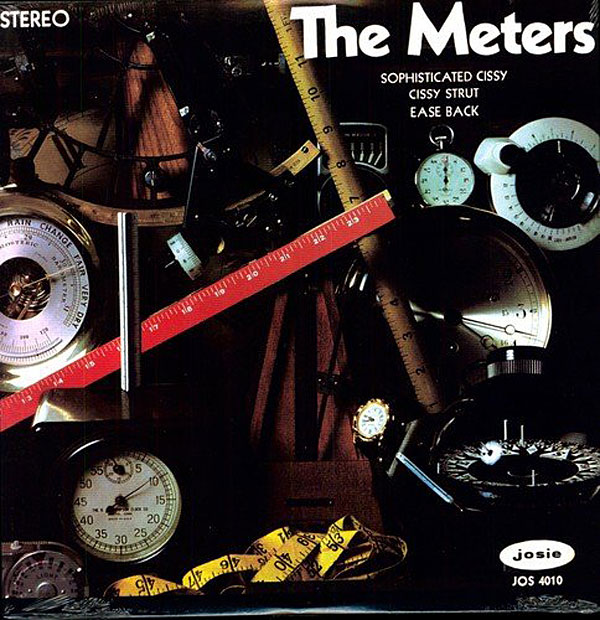
Aaron and Cyril left—no more family band—and the remaining foursome became producer Toussaint's not-so-secret weapon, the Meters. At first, Toussaint viewed the Meters as merely a foundational rhythm section for his productions, but the Meters went on to make instrumental recordings that are now considered a cornerstone of funk. The Meters (LP, Josie Records JOS 4010) leads off with the band's signature track, "Cissy Strut," an audacious procession with a rhythm that seems to suspend time, a whip-crack of emphasis at the end of every stinging line, a perfectly balanced combination of organ stabs, chittering guitar chops and fills, bass rolls and stop-and-start drum patterns. The sound had a huge influence on the Jamaican musicians listening to New Orleans radio stations; they were busy fashioning their own time-warp wobble: reggae.
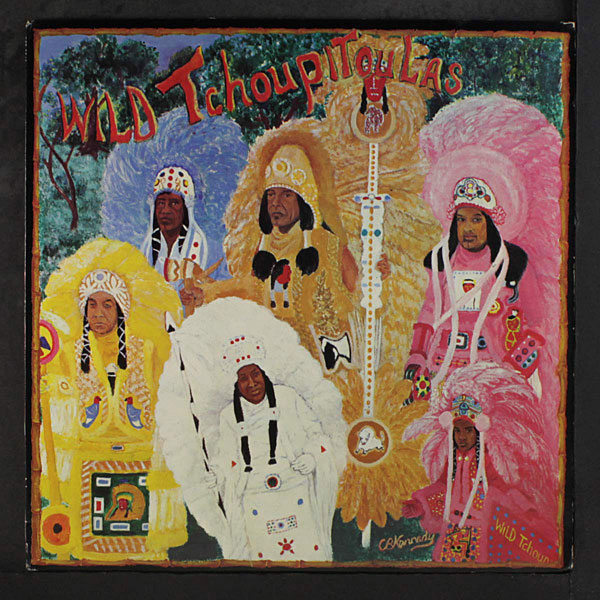
In the early 1970s, the Meters signed to Warner Bros. and opened up their funk arrangements to vocals and jams. Cyril returned to the fold for the highlight of this version of the band, Fire on the Bayou (LP, Reprise MS 2228). When the Meters broke up, Neville returned to his family-band concept and brought together brothers Aaron, Cyril, and Charles—and also uncle George Landry, aka Big Chief Jolly of the Wild Tchoupitoulas Mardi Gras Indians. This band made one of the greatest albums in New Orleans history, The Wild Tchoupitoulas (LP, Island ILPS 9360), a landmark Mardi Gras Indian recording that included definitive versions of several Indian ritual chants and new material that has since become part of the city's Mardi Gras Indian lore. The Neville Brothers went on to make a series of essential albums, including Fiyo on the Bayou (LP, A&M SP4866) and Yellow Moon (LP, A&M SP5240).
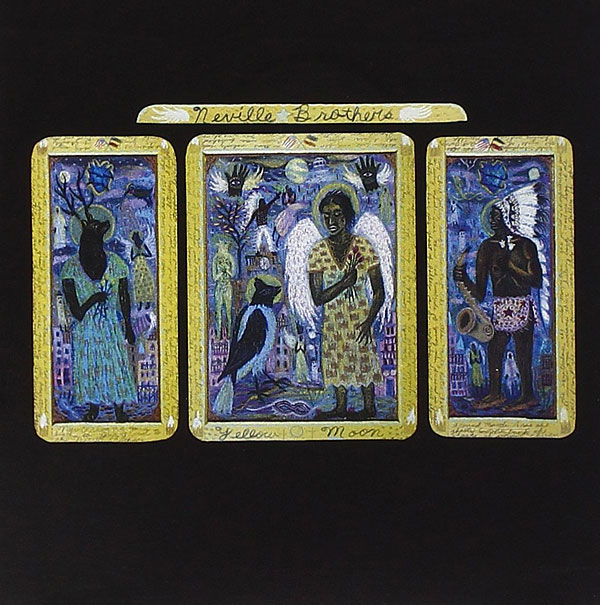
Malcolm John "Mac" Rebennack, aka Dr. John, was a great syncretist, with a second sight and ageless soul that allowed him to transcend all boundaries in New Orleans music. While still in his teens, he was already an important producer and session player, working at Cosimo Matassa's J&M studio. He produced Professor Longhair's timeless recordings "Go to the Mardi Gras" and "Big Chief." His talents as a producer, songwriter, and bandleader are in evidence on the collection Medical School (CD, Music Club 50103).
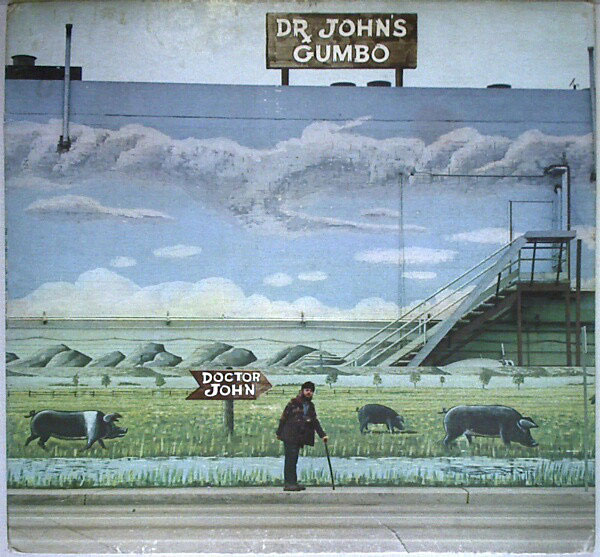
Mac moved from New Orleans to California, connecting with Harold Battiste, who was running sessions there, and an old friend from New Orleans, Jessie Hill. This collaboration produced the timeless character Dr. John, Mac's alter ego for the rest of his career. The first Dr. John album, Gris-Gris (LP, Atco SD33-234), was a mystical evocation of the spirit of Haitian voodoo as it was practiced in New Orleans when Rebennack was growing up. This other-worldly, mostly acoustic recording captured an atmosphere that had never before been documented as well as it was on Gris-Gris's opening track, "I Walk on Gilded Splinters." Dr. John explored this work on three more albums for Atco before making Dr. John's Gumbo (Atco CD 7006-2), which was released under the Dr. John persona but without the voodoo masquerade. Now Dr. John was outfitted with a top hat, snazzy suit, and spats, like the grand marshal of a second-line parade. The album is a tribute to the New Orleans R&B of Professor Longhair, Sugar Boy Crawford, Smiley Lewis, and Earl King. It carved out a new audience for Dr. John.
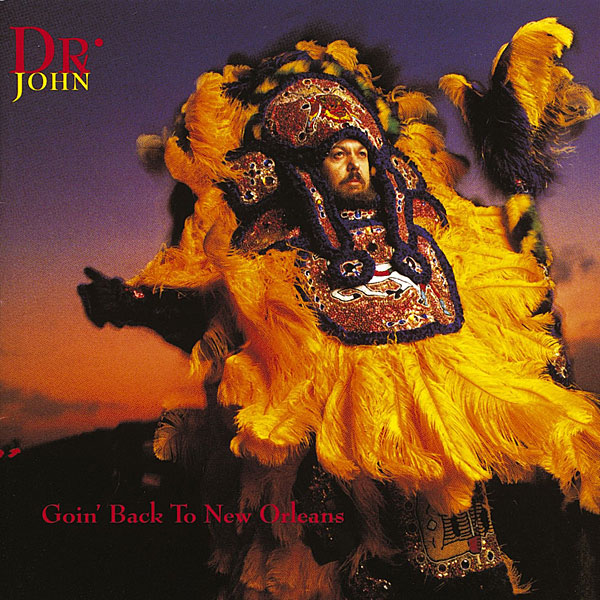
I got to know Dr. John well in the following years, as he made many great albums with a variety of lineups. Mac set up shop in Ultrasonic Studios in New Orleans and recorded 18 tracks that covered the history of New Orleans music. The result, 1991's Goin' Back to New Orleans (CD, Warner Bros. 926940-2), is one of the best. The record opens with Mac's tribute to 19th century composer Louis Moreau Gottschalk, "Litanie Des Saints," and rolls through tracks by W.C. Handy ("Careless Love"), Mardi Gras Indians ("My Indian Red"), Jelly Roll Morton ("Milneburg Joys"; "I Thought I Heard Buddy Bolden Say"), traditional New Orleans jazz classics ("Basin Street Blues"; "Didn't He Ramble"); the Dave Bartholomew/Fats Domino R&B classic "Blue Monday"; and the set-closing statement-of-purpose, "Goin' Back to New Orleans." In addition to his regular band, Mac was joined in the studio by New Orleans legends Danny Barker on banjo, the Neville Brothers, Arthur "Uganda" Roberts on congas, Pete Fountain on clarinet, Al Hirt and Charlie Miller on trumpets, Roger Lewis on saxophone, and Kirk Joseph on tuba. Few were surprised when this glorious record won a Grammy in 1992.
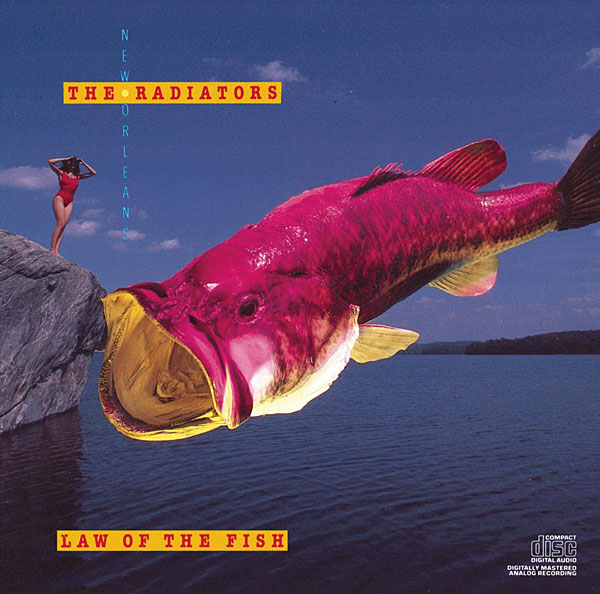
The Radiators were the best rock band in New Orleans before they signed with Epic records in 1986 to make Law of the Fish (CD Epic ESK2809) and became one of the city's most popular exports. Keyboardist/vocalist Ed Volker's prolific songwriting combined many aspects of New Orleans music with styles from beyond the city to form a funky swamp-rock he called "fish-head music." The band featured one of the best two-guitar lineups of its era in frontman Dave Malone and the astonishing Camile Baudoin. The beat was powered by the heavy second-line rhythms of drummer Frank Bua, former Professor Longhair/James Booker bassist Reggie Scanlan, and percussionist Glenn Sears. The Rads became one of my favorite New Orleans bands, thanks to their outrageous live shows, especially their annual Mardi Gras performances at the ultradecadent M.O.M.'s Ball.
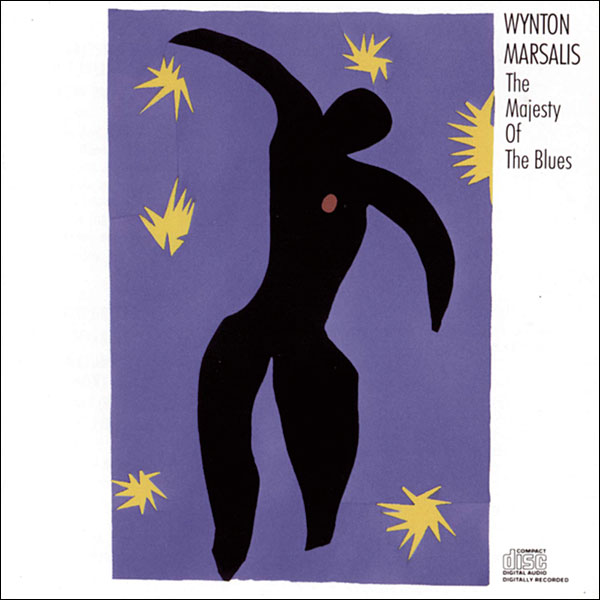
Wynton Marsalis's accomplishments as the most famous scion of one of the famous New Orleans musical families (footnote 1) are varied, but The Majesty of the Blues (LP, Columbia OC45019) is my favorite of all his recordings. His dramatic return to traditional New Orleans jazz on the suite, "The New Orleans Function," featuring clarinetist Dr. Michael White and the great Danny Barker on banjo, is a stunning piece of work. At the 1989 New Orleans Jazz & Heritage Festival, Marsalis played the suite on a double bill with Miles Davis on one of the festival's evening programs along the Mississippi River (footnote 2). Marsalis blew Davis out that night, as the standing, cheering crowd welcomed Wynton back to his hometown. It was one of the most emotional experiences I've witnessed at Jazz Fest.
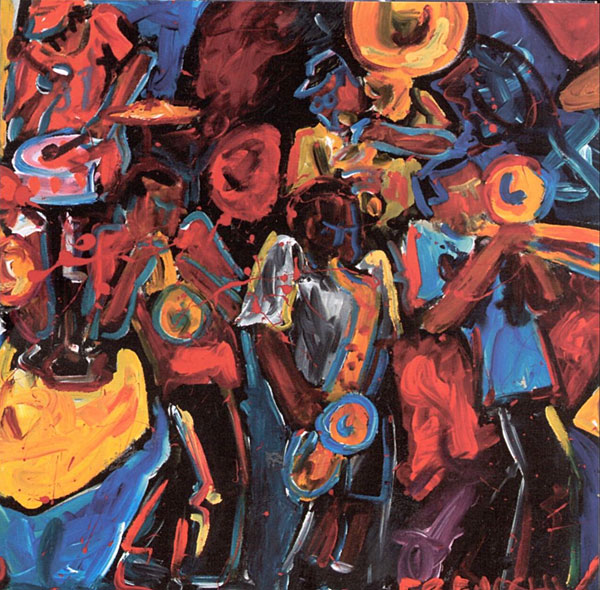
The great Rebirth Brass Band's Tuesday night residency at uptown club the Maple Leaf is the stuff of legend (footnote 3). I've spent many nights in the Leaf, dancing to the propulsive funk of Rebirth's massed brass as they maximized the concept of collective improvisation. The Main Event: Live at the Maple Leaf (CD, Louisiana Red Hot Records LRHR 1116) is the best of the band's numerous albums at capturing this band's live spirit, driven by the relentless rhythm of "Tuba Phil" Frazier; you may know him from the HBO series Tremé. The title suite is 32 minutes of nonstop musical abandon.
I just heard that Tuba Phil has been diagnosed with COVID-19.
Footnote 2: Davis and Marsalis had been at odds for years. See for example bit.ly/2UUbmJF.
Footnote 3: An article on classic New Orleans recordings can be found at our Analog Planet website.—Ed.

Didn't Brian Jones and Keith Richards used to make a silly face they called a 'Nanker'...?

...https://en.wikipedia.org/wiki/Nanker_Phelge

I had just pulled out his 2 CDs from 2010 and 2013 and realized how great his music making was and how much he loved this music, respected earlier recordings, and his tours have been exposing many to this great musical form.

Would like to put in a word for Flow Tribe. One of the best contemporary New Orleans bands for sure! Their annual Christmas shows at Tiptina's are becoming a city tradition. For a taste, check out a complete show streaming on YouTube. It was recorded this past February.

Haven't finished my coffee. Here's a link to their website.
https://www.flowtribe.com/#fti-section

Vols. 1 + 2 are highly recommended...

The band for my high school Senior Prom was Sugar Boy & His Cane Cutters. We rocked'n'rolled from 8:00PM - 2:00AM. We all, band and kids, needed to re-fuel for the second half.
I've been spoiled ever since...